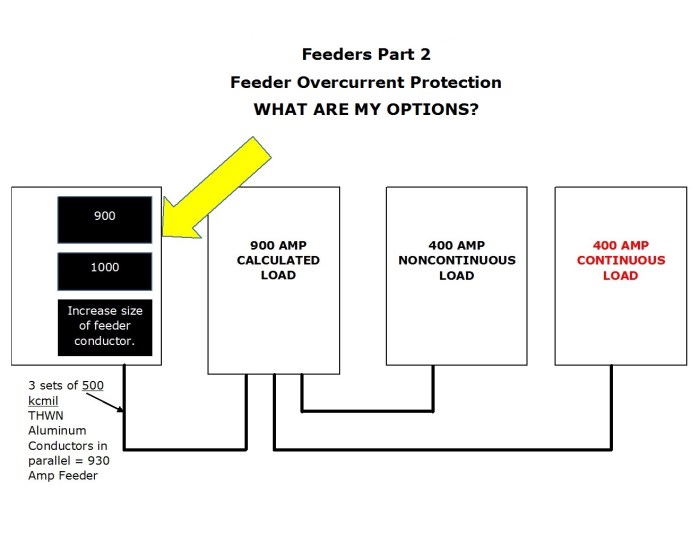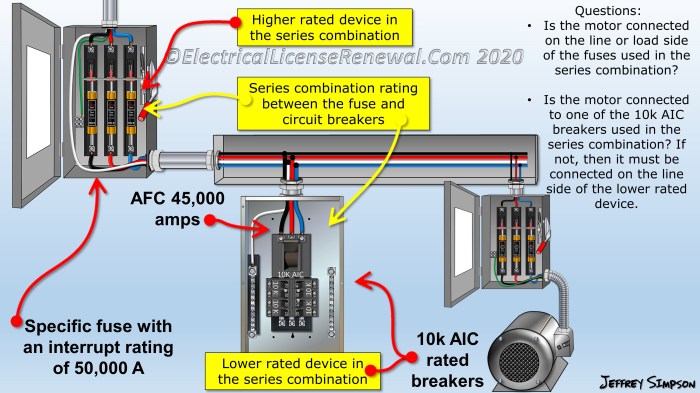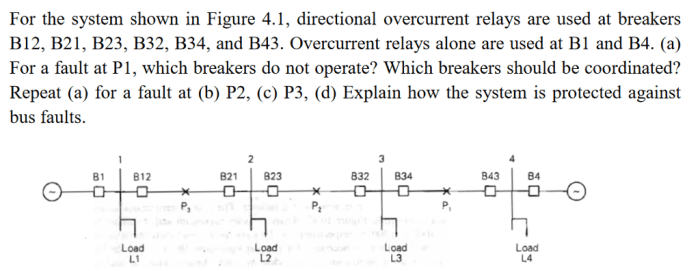Overcurrent protection shall not exceed established limits to ensure electrical safety and prevent catastrophic failures. This comprehensive guide delves into the fundamentals, standards, design considerations, testing, maintenance, and real-world applications of overcurrent protection systems, providing invaluable insights for electrical engineers and professionals.
Overcurrent protection devices play a crucial role in safeguarding electrical systems from excessive current flow, protecting equipment, preventing fires, and ensuring the safety of personnel. Understanding the principles and practices of overcurrent protection is paramount for designing, installing, and maintaining reliable electrical systems.
1. Overcurrent Protection Fundamentals

Overcurrent protection is a critical component of any electrical system. It protects the system from damage caused by excessive current flow.
Types of Overcurrent Protection Devices
- Fuses
- Circuit breakers
- Overcurrent relays
Purpose and Operation of Each Type of Device
Fuses are one-time-use devices that break the circuit when the current exceeds a predetermined level. Circuit breakers are reusable devices that trip when the current exceeds a set point and can be reset manually. Overcurrent relays are used to sense overcurrent conditions and trip circuit breakers.
2. Overcurrent Protection Standards and Regulations

Relevant Standards and Regulations
- National Electrical Code (NEC)
- International Electrotechnical Commission (IEC) standards
- Institute of Electrical and Electronics Engineers (IEEE) standards
Requirements for Overcurrent Protection in Different Applications
The requirements for overcurrent protection vary depending on the application. For example, industrial applications typically require more stringent overcurrent protection than residential applications.
Importance of Compliance
Compliance with overcurrent protection standards and regulations is essential to ensure the safety and reliability of electrical systems.
3. Overcurrent Protection Design Considerations

Factors to Consider
- Load current
- Fault current
- Coordination with other protective devices
Methods for Calculating Overcurrent Protection Settings
- Ampacity method
- Short-circuit current method
Examples of Overcurrent Protection Design Calculations, Overcurrent protection shall not exceed
The following are examples of overcurrent protection design calculations:
- Calculation of fuse size
- Calculation of circuit breaker trip setting
4. Overcurrent Protection Testing and Maintenance

Importance of Testing and Maintenance
Regular testing and maintenance of overcurrent protection systems is essential to ensure their proper operation.
Types of Tests
- Fuse testing
- Circuit breaker testing
- Overcurrent relay testing
Procedures for Conducting Tests
The procedures for conducting overcurrent protection tests vary depending on the type of device being tested.
Expert Answers: Overcurrent Protection Shall Not Exceed
What is the purpose of overcurrent protection?
Overcurrent protection devices are designed to interrupt the flow of excessive current in electrical circuits, preventing damage to equipment, fires, and electrical hazards.
What are the different types of overcurrent protection devices?
Common types of overcurrent protection devices include fuses, circuit breakers, and relays, each with specific characteristics and applications.
How are overcurrent protection settings calculated?
Overcurrent protection settings are determined based on factors such as circuit load, conductor ampacity, and equipment sensitivity, ensuring that devices operate appropriately under fault conditions.